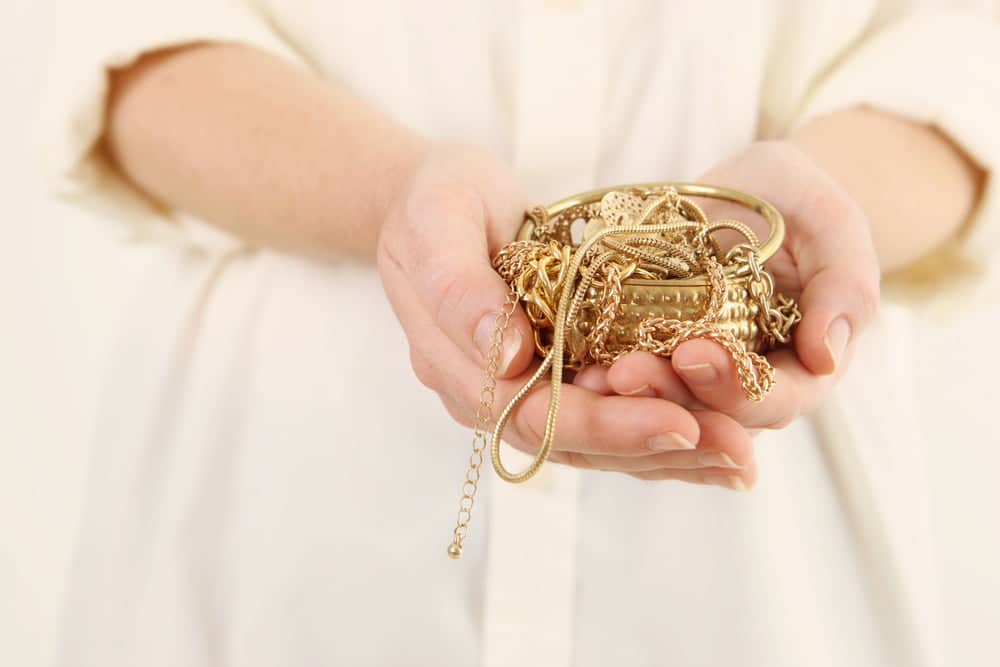What is Diamond Carat?
quilates del diamante refers to the weight of the diamond, not its size. One carat is equivalent to 0.2 grams, and it is the standard unit of measurement for diamonds. The term “carat” comes from the carob seeds that were historically used as a reference for weighing gemstones. The carat weight of a diamond is a critical factor in its value, but it is important to remember that carat weight alone does not determine the diamond’s quality.
How Carat Weight Affects Diamond Price
The price of a diamond increases significantly with its carat weight. Larger diamonds are rarer and more valuable, so the cost per carat can rise dramatically as the diamond’s weight increases. For example, a one-carat diamond will generally cost more per carat than a half-carat diamond of similar quality. This is due to the rarity of larger diamonds and the increased demand for them.
Carat Weight and Diamond Size
While carat weight is an important measure, it does not directly equate to the diamond’s size. Two diamonds with the same carat weight can look different in size depending on their cut and shape. For instance, a well-cut diamond can appear larger than a poorly cut diamond of the same carat weight. Additionally, the shape of the diamond, such as round, princess, or oval, will influence how its size is perceived.
The Importance of the 4Cs
When evaluating a diamond, it’s essential to consider the 4Cs: Carat, Cut, Color, and Clarity. While carat weight is a critical factor, it should be considered alongside the other Cs to determine the overall quality of the diamond.
- Cut: The cut of a diamond affects its brilliance and how well it reflects light. A well-cut diamond can maximize its sparkle and make it appear more valuable.
- Color: Diamonds come in various colors, with D being completely colorless and Z having noticeable color. The color grade can impact the diamond’s overall appearance.
- Clarity: Clarity refers to the presence of internal or external flaws (inclusions and blemishes). A diamond with higher clarity will generally be more valuable and visually appealing.
Choosing the Right Carat Weight
Selecting the right carat weight for your diamond depends on several factors, including your budget, personal preferences, and the design of the jewelry piece. Many people choose a carat weight that fits their budget while still maximizing the overall appearance of the diamond.
When choosing a carat weight, it’s also helpful to consider the setting and design of the ring or piece of jewelry. For example, a smaller diamond can look more substantial when set with a halo or in a multi-stone setting. Conversely, a larger diamond might be the focal point of a simpler setting.
Balancing Carat with Cut and Setting
To get the most value for your money, consider balancing carat weight with the diamond’s cut and setting. A well-cut diamond with a slightly lower carat weight may offer better brilliance and overall appearance compared to a larger diamond with poor cut quality. Additionally, choosing a setting that enhances the diamond’s appearance can make a smaller carat weight look more impressive.
Carat Weight and Resale Value
The resale value of a diamond is influenced its carat weight, among other factors. Larger lab grown diamonds generally have higher resale values, but other aspects like cut, color, and clarity also play a role. When considering resale value, remember that the quality of the diamond will impact its worth more than the carat weight alone.
Tips for Buying a Diamond Based on Carat
Here are some tips to help you make an informed decision when buying a diamond based on carat weight:
- Set a Budget: Determine your budget before shopping and focus on finding the best diamond within your price range. Remember that carat weight is just one aspect of the diamond’s value.
- Consider Slightly Below Popular Weights: Diamonds just below popular carat weights (e.g., 0.90 carats instead of 1.00 carat) can offer significant savings while still appearing close to the desired weight.
- Focus on Quality: Prioritize cut, color, and clarity when choosing a diamond. A well-balanced combination of the 4Cs will ensure you get a beautiful and valuable diamond.
Conclusion
Diamond carat weight is a crucial factor in determining a diamond’s value and appearance. By understanding what carat weight means and how it affects the overall quality of the diamond, you can make an informed decision when purchasing a diamond. Remember to balance carat weight with the other aspects of the 4Cs and consider how the diamond’s cut and setting will impact its overall appearance. With careful consideration, you can find a diamond that perfectly fits your preferences and budget.



